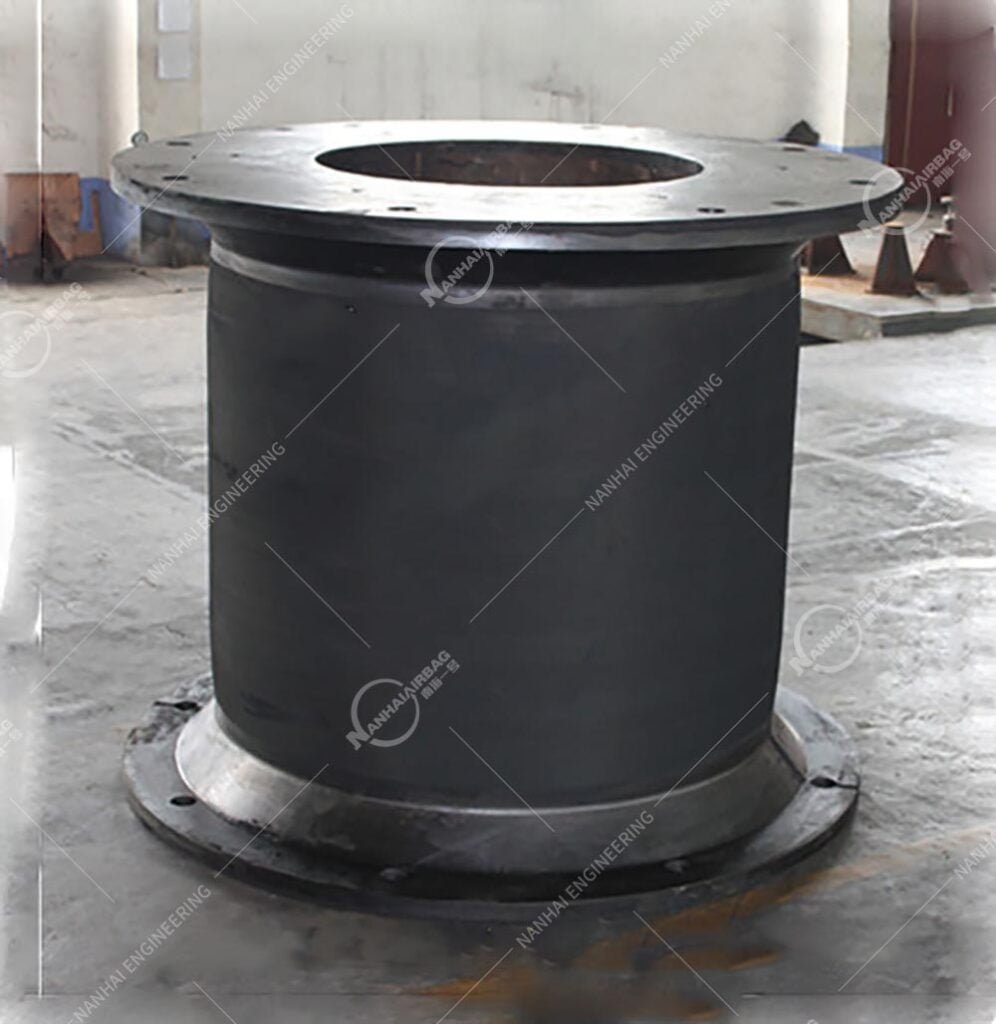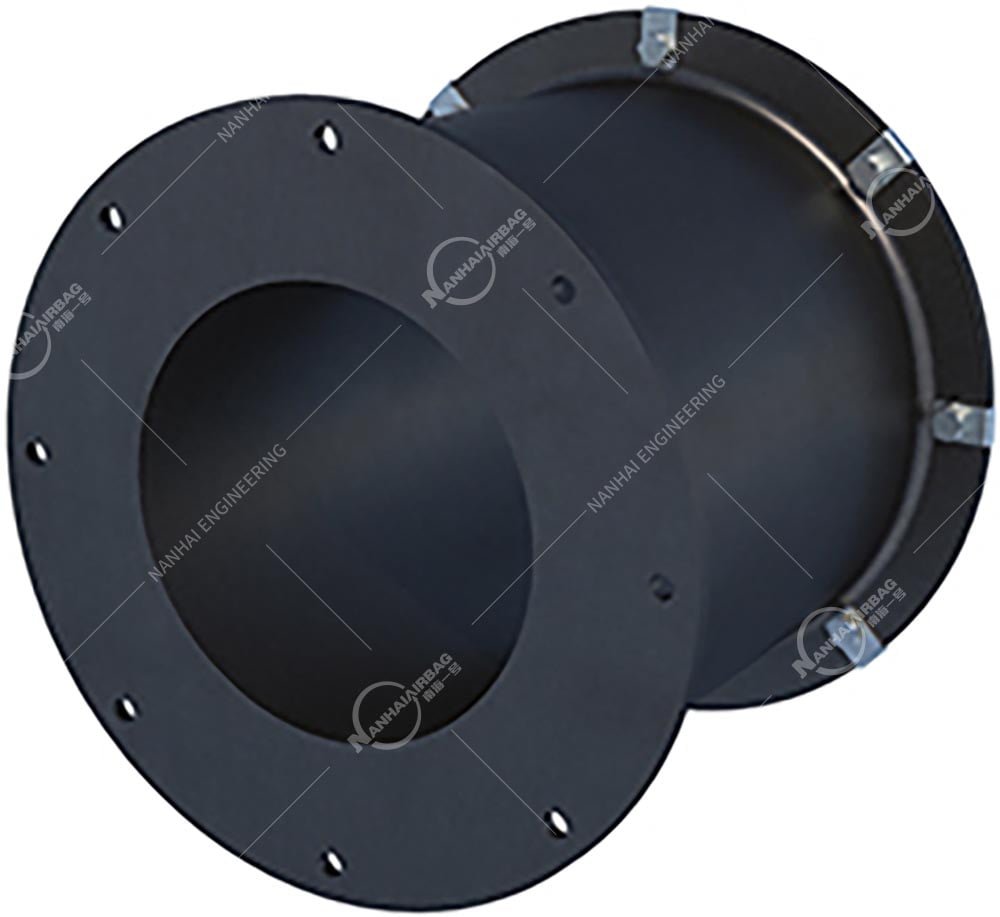Beenest Ship Launching Airbags: The Marine Industry’s Game-Changer for Safe, Stress-Free Launches
26/06/2025Super Cone Rubber Fenders: The Marine Industry’s Secret to Safer, Smarter Docking
03/07/2025

Ever watched a cargo ship pull into port, holding your breath as it inches toward the dock—praying it doesn’t scrape, dent, or even rip the hull? Those heart-stopping moments are why cell rubber fenders exist. These unassuming, bouncy pads might look simple, but they’re the unsung heroes keeping ships, docks, and billions of dollars in cargo safe every day. Let’s dive into why they’re a must-have for modern ports and why skipping them could cost you big.
What Are Cell Rubber Fenders? (The Short Answer)
Cell rubber fenders are modular, energy-absorbing marine fenders made from layered, honeycomb-like rubber cells. Unlike rigid fenders (think steel or hard plastic), their flexible, porous design crumples on impact, absorbing and redirecting kinetic energy away from the ship’s hull and the dock. This “shock absorption” magic makes them the go-to for protecting everything from small fishing boats to 300-meter supertankers during berthing.
Why This Matters: When a Bad Berthing Costs Millions (and Ruins Reputations)
Imagine a 20,000-ton container ship scraping the dock at 5 knots. The hull cracks, fuel leaks, cargo shifts—suddenly you’re looking at $500k in repairs, 2 weeks of downtime, and a port that loses future business. Sound extreme? It’s everyday reality for ports using outdated fenders.
The Hidden Costs of Outdated Fenders
- Hull Damage: Rigid fenders (like steel or old rubber) don’t flex—they crack under pressure, tearing ship hulls. A single deep scratch can require welding, anti-corrosion treatments, and weeks in dry dock (up to $1M per incident).
- Dock Destruction: Hard fenders transfer impact back to the dock, cracking concrete or bending steel posts. Repairing a damaged pier? That’s another 200k–500k.
- Environmental Risks: Scratches or holes in tanks can leak oil, chemicals, or fuel into the water, triggering fines (up to $100k/day) and ecologic disasters.
In 2022, a Mediterranean port switched to cell rubber fenders and cut hull damage incidents by 85% in one year. Meanwhile, a U.S. port using old steel fenders faced a $3M lawsuit after a tanker’s fuel tank ruptured during berthing.
How Do Cell Rubber Fenders Work? The Science of “Soft Power”
These aren’t your backyard trampoline pads—they’re engineered with precision. Here’s the breakdown:
1. Cellular Structure = Energy Absorption
The “honeycomb” design isn’t just for looks. Each cell compresses on impact, spreading the force across hundreds of tiny pockets. This reduces peak impact by up to 70% compared to rigid fenders, so the ship and dock barely feel the hit.
2. Rubber Material = Durability + Flexibility
Made from high-quality EPDM or neoprene rubber, cell fenders resist abrasion, UV rays, saltwater, and extreme temperatures (-40°C to 80°C). They bounce back after each use—no permanent deformation—so they last 5–10 years longer than cheaper alternatives.
3. Modular Design = Custom Fit
Need to protect a curved dock? A narrow alleyway? Cell fenders snap together like Lego blocks. Ports can mix and match sizes (from 50cm to 2m tall) to match any vessel size—from small sailboats to LNG carriers.
Why Cell Rubber Fenders Beat the Competition
Traditional fenders (steel, plastic, or flat rubber) have their place, but cell rubber is rewriting the rules. Here’s why:
1. Safer for Ships and Docks
Rigid fenders transfer impact force, but cell rubber absorbs it. A study by the International Maritime Organization found that ports using cell fenders report 60% fewer hull cracks and 40% less dock damage annually.
2. Cheaper Long-Term
Sure, cell fenders cost 20–30% more upfront than cheap rubber pads. But with fewer repairs, less downtime, and lower insurance premiums, most ports recoup the difference in 1–2 years.
3. Eco-Friendly by Nature
Rubber is recyclable, and cell fenders’ shock absorption reduces fuel waste (no sudden stops or starts). No toxic chemicals, no oil spills—just smooth, clean berthing.
4. Works Everywhere
From icy Arctic ports to tropical harbors, cell fenders perform. Their flexible design handles rough waves, strong tides, and even the occasional wayward buoy.
People Also Ask: Your Top Questions About Cell Rubber Fenders
Q: Are cell rubber fenders better than marine airbags?
A: They serve different purposes. Marine airbags (used for launching ships) focus on rolling vessels off ramps, while cell rubber fenders protect during berthing (docking). Both use rubber, but their designs and use cases are distinct.
Q: How long do cell rubber fenders last?
A: With proper maintenance (cleaning, inspecting for tears), they last 8–12 years—twice as long as basic flat rubber fenders.
Q: Can they handle large ships?
A: Absolutely. Heavy-duty cell fenders (rated for 500+ tons) are used for supertankers and cruise liners. Smaller ones (50–200 ton capacity) work for ferries and cargo ships.
Q: Do they need special installation?
A: No—they mount to docks with bolts, chains, or brackets. Many manufacturers even offer pre-assembled kits for quick setup.
Q: Are they worth the cost for small ports?
A: Definitely. Even a single hull repair costs more than 2–3 cell fenders. Small ports using them report 50% fewer insurance claims in the first year.
Final Thoughts: Don’t Let a Bad Berthing Sink Your Business
In shipping, safety isn’t optional—it’s survival. Cell rubber fenders aren’t just a “nice-to-have”; they’re the difference between a thriving port and one stuck paying repair bills.
Ready to upgrade? Start by contacting trusted marine fender suppliers (hint: ask about their cell rubber options!). Your hull, your dock, and your bottom line will thank you.
